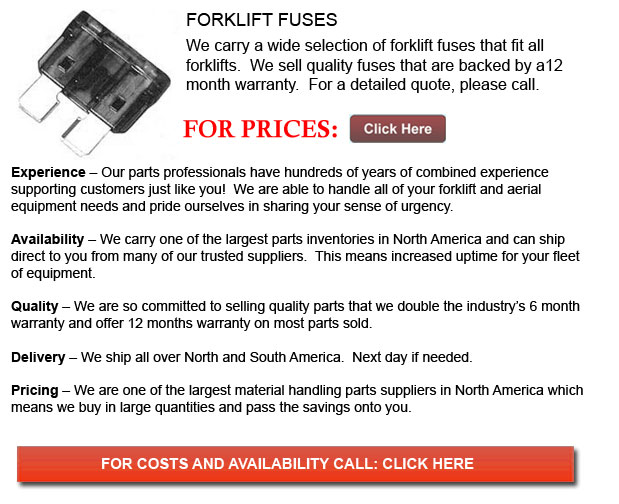
Fuses for Forklifts - A fuse consists of a metal strip or a wire fuse element of small cross-section in comparison to the circuit conductors, and is typically mounted between a pair of electrical terminals. Normally, the fuse is enclosed by a non-conducting and non-combustible housing. The fuse is arranged in series that can carry all the current passing through the protected circuit. The resistance of the element produces heat because of the current flow. The size and the construction of the element is empirically determined to be certain that the heat generated for a regular current does not cause the element to reach a high temperature. In cases where too high of a current flows, the element either melts directly or it rises to a higher temperature and melts a soldered joint within the fuse that opens the circuit.
Whenever the metal conductor parts, an electric arc is formed between un-melted ends of the fuse. The arc starts to grow until the needed voltage to sustain the arc is in fact greater as opposed to the circuits available voltage. This is what actually results in the current flow to become terminated. When it comes to alternating current circuits, the current naturally reverses course on each cycle. This process significantly improves the speed of fuse interruption. Where current-limiting fuses are concerned, the voltage required to sustain the arc builds up fast enough to be able to basically stop the fault current previous to the first peak of the AC waveform. This particular effect greatly limits damage to downstream protected devices.
The fuse is usually made from copper, alloys, silver, aluminum or zinc in view of the fact that these allow for stable and predictable characteristics. The fuse ideally, will carry its current for an undetermined period and melt rapidly on a small excess. It is important that the element should not become damaged by minor harmless surges of current, and must not change or oxidize its behavior after possible years of service.
The fuse elements could be shaped in order to increase the heating effect. In larger fuses, the current could be divided amongst numerous metal strips, whereas a dual-element fuse may have metal strips which melt immediately upon a short-circuit. This particular type of fuse may even comprise a low-melting solder joint which responds to long-term overload of low values compared to a short circuit. Fuse elements could be supported by nichrome or steel wires. This ensures that no strain is placed on the element however a spring can be integrated so as to increase the speed of parting the element fragments.
The fuse element is usually surrounded by materials that function to be able to speed up the quenching of the arc. Several examples consist of non-conducting liquids, silica sand and air.
![]() Click to Download the pdf
Click to Download the pdf
Forklift Parts
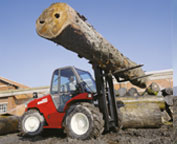
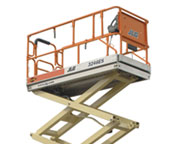
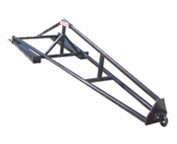
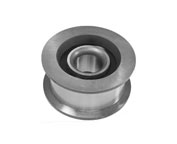
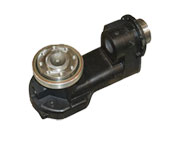
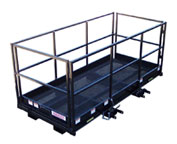
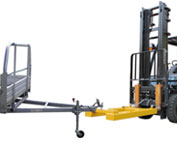
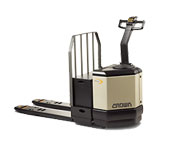
Lift Parts Express
TOLL FREE: 1-888-695-7994
LOCAL: 254-230-0021
208 HEWITT DR 103-159
Waco, Texas
forkliftpartswaco.com
Email Us
About Us


